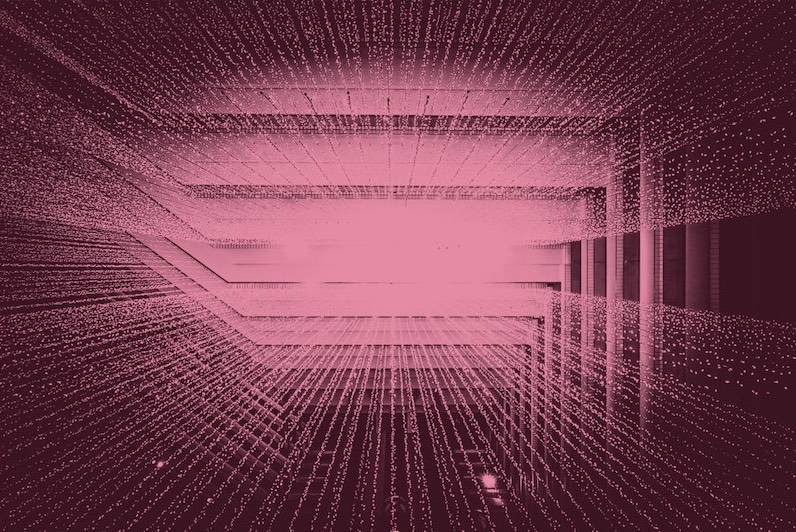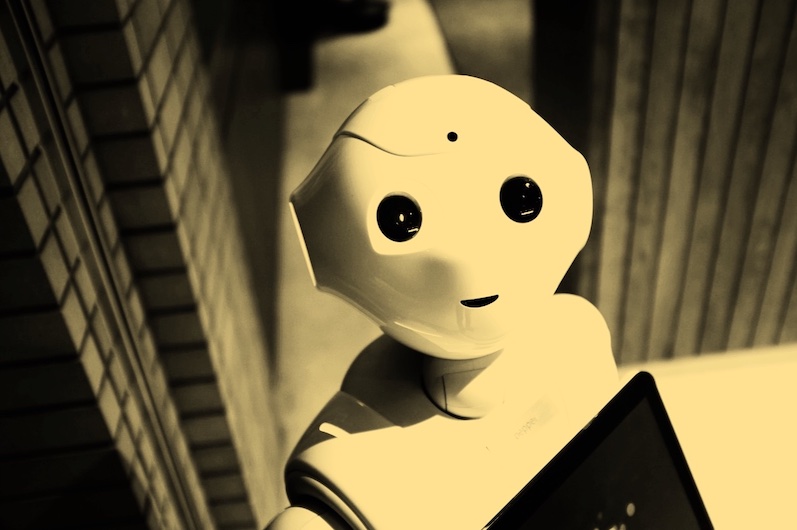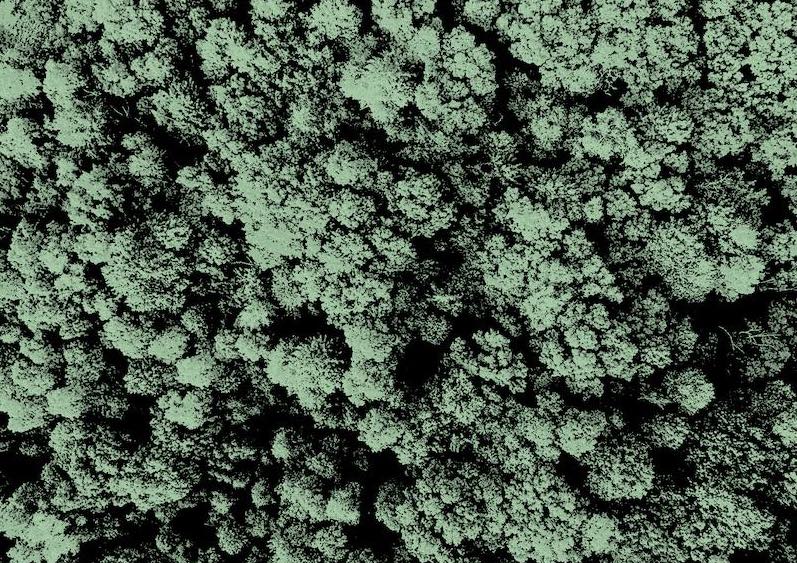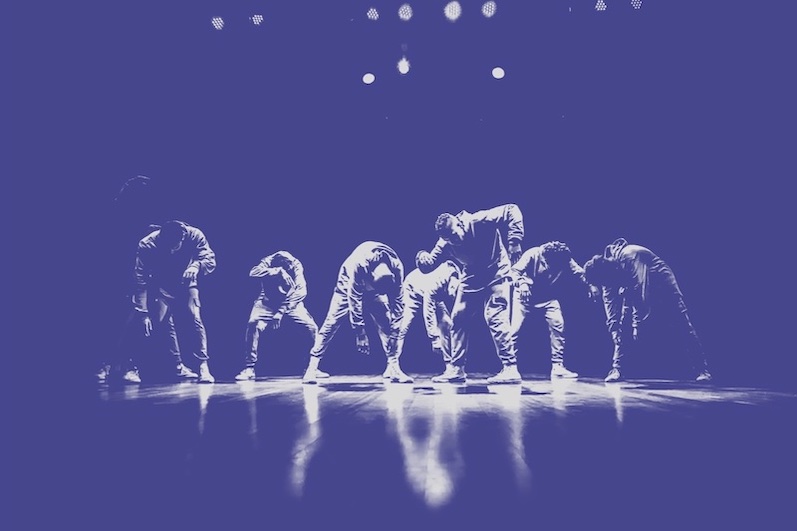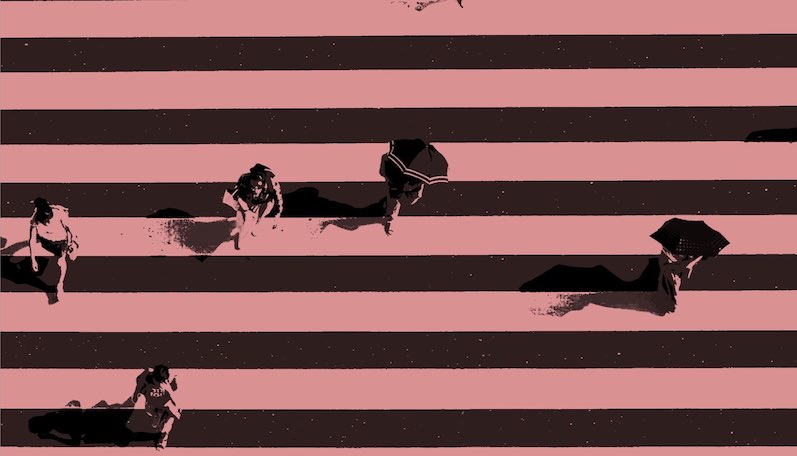What is it about?
This research is about a new system for virtual urban design that allows for more interactive and collaborative design processes. This system, called the Multimodal Virtual Communication System for Co-Urban Design (MVCSD), uses various ways to input and output data. This means that design participants can use various tools, like VR hand controllers, to create, modify, and visualize design elements in real-time, shared virtual environments. This encourages active participation in the design decision-making process. The system provides immediate visual feedback, enhancing the users' understanding of the virtual environments and their design changes. This facilitates a negotiation-like decision-making process, where designers can better communicate and collectively decide on the design outcomes. In short, the research is about using advanced tech tools to make urban design processes more collaborative, versatile, and innovative.
Featured Image

Photo by julien Tromeur on Unsplash
Why is it important?
This system is important for several reasons. Firstly, it allows for greater collaboration in urban design. By using interactive tools and a shared virtual environment, multiple designers can actively participate and contribute to the design process in real time. Secondly, it improves decision-making. The immediate feedback provided by the system helps designers better understand the implications of their design choices, leading to more informed decisions. Thirdly, it promotes innovation. The collaboration and collective decision-making facilitated by the system bring together diverse perspectives, leading to more creative and innovative design outcomes. Lastly, it can lead to more efficient and effective urban design processes, as problems or obstacles can be identified and addressed earlier in the design process. By enabling designers to explore and visualize scenarios, it can help avoid costly mistakes and redesigns later.
Perspectives
My research stands at the intersection of technology, urban planning, and collaborative decision-making—making it a pioneering approach to the landscape of urban design. From a technological perspective, I emphasize providing a virtual, multimodal platform, which underscores how digital tools reshape traditional industries. My use of VR technology, rapid visual feedback, and immersive environments marks a significant shift from the common way urban design is approached, potentially setting a new standard for the industry. From my urban planning viewpoint, this research proposes a more collaborative and democratic design process. The idea of integrating collective intelligence into urban design is powerful, as it taps into diverse insights and perspectives rather than relying on a select few, leading to more robust and thoughtful designs. From a sociological angle, this research could potentially impact how communities engage with their built environments. If such a system is made accessible to the public, it could democratize urban design and empower communities to actively shape their living spaces actively, fostering a greater sense of ownership and belonging. My research represents a future in which urban design is more interactive, collaborative, innovative, and inclusive. The potential implications are vast, spanning the improvement of urban living conditions, the empowerment of communities, and the evolution of the urban design profession as a whole.
Professor Marc Aurel Schnabel
Xi'an Jiaotong Liverpool University
Read the Original
This page is a summary of: Multimodality in Virtual Co-urban Design, January 2024, Springer Science + Business Media,
DOI: 10.1007/978-3-031-49511-3_4.
You can read the full text:
Resources
Contributors
The following have contributed to this page


